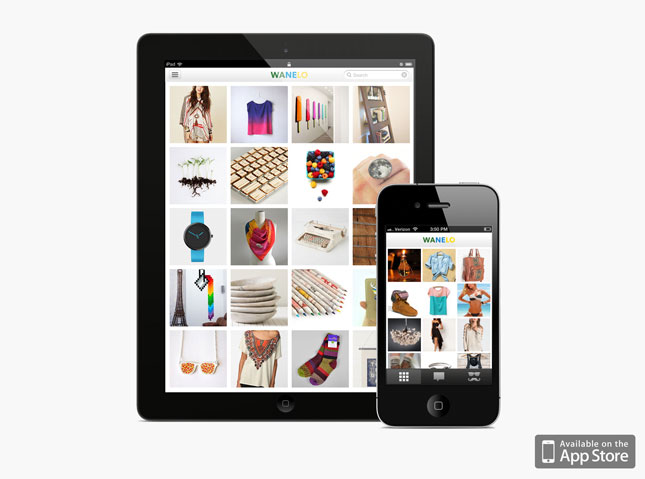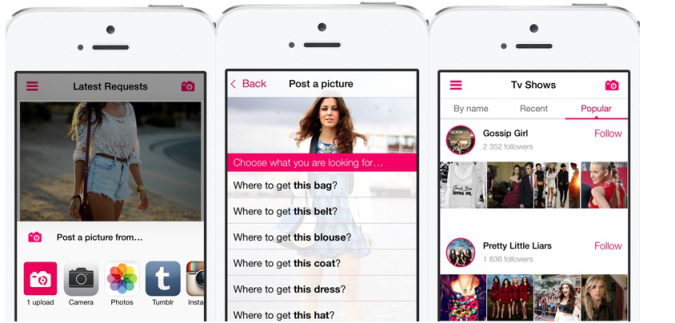
Franklin Morris is a Senior Writer for Rackspace Digital, the digital marketing infrastructure specialists.
Think about the last time you made a purchase—whether a new pair of shoes or a flat screen TV. Did you buy from your smartphone or your laptop? Did you engage in social-mobile shopping by sharing the details of the purchase with your Facebook friends and Twitter followers afterwards?
If you answered “No” to any of these questions—congratulations—you’re in the majority. But the brands you love want to see your answer change to “Yes.” For years, analysts have predicted the rise of new social-mobile shopping behaviors will radically transform consumer purchasing.
The logic goes like this: Our mobile phones are the center of our social and digital lives. If brands can reach us there, they can turn us all into social media brand evangelists.
Rates of mobile adoption and mobile commerce are booming, and so is the number of individuals who tweet about brands on social media. And yet social-mobile shopping behavior is still far from mainstream. Many users prefer to shop in private and leave Facebook and Twitter for socializing.
This isn’t stopping companies from trying, however. Here are three brands that are pushing the limits of social-mobile shopping with new campaigns and apps:
Wanelo: The new digital mall
Wanelo, shorthand for “Want, Need, Love,” is one social shopping success story. It’s like Pinterest but with a more commercial spin. It bills itself as a digital mall in which the 11 million Wanelo users can browse products other users like and follow each other. Today Wanelo boasts more than 12 million products from over 300,000 stores.
Wanelo community members post links to items they want to buy. Once posted, those items appear on a “just posted” stream for followers to like, eliminating the need for users to go elsewhere for social feedback. And, unlike Pinterest, you can make purchases by clicking “Buy” from within the app.
Since the company opened its doors in 2011, it’s experienced explosive growth, particularly among the demographics you’re most likely to see window-shopping in non-digital malls. Wanelo’s users are 90 percent women and 60 percent under the age of 24.
Starbucks: Tweet-a-Coffee
Starbucks is an example of how brands are putting social-mobile marketing strategy to work in a brick-and-mortar environment.
The Starbucks Tweet-a-Coffee campaign resulted in over $180,000 worth of purchases in the last few months of 2013. The coffee maker encouraged users to send a $5 Starbucks Card as an eGift to their friends by tweeting to @tweetacoffee.
The increased revenue was nice, but what Starbucks gained from a branding perspective is even more significant. Not only did the company get positive press coverage for their innovative approach to social-mobile marketing, but users’ Twitter feeds lit up with Starbucks mentions.
Additionally, more than 54,000 people linked their Twitter account to Starbucks over the course of the promotion. Now Starbucks can mine the data, targeting those users with the highest Klout scores in order to find influencers.
WhereToGet: Crowdsourcing fashion
WhereToGet is the Shazam of the fashion industry. The difference is this app runs on crowdsourcing rather than algorithms. Users can take a picture of an outfit they see on the street or post a picture they’ve found online. Once uploaded, other users can “like” the outfit, and tell the original poster where they can purchase the particular garment they’re after.
Brands have an entire section where they can showcase their new wares. When a customer finds an outfit they like, the app makes it easy for them to purchase from a third-party site (and keeps a small affiliate fee for themselves).
The company started out as just a website, but today sees the majority of its traffic from mobile users. It took some time for it to steadily build a dedicated community, but now that it’s well established, answers to most user questions come within 24 hours (a third in less than 36 minutes).
The app incorporates the major draws of the social-mobile web: go anywhere access, instant gratification and a sense of sharing and community. It’s no surprise then that the Paris-based startup was just funded to the tune of $2 million.
Getting from “Emerging” to “Transformative”
It’s clear that brands are making inroads into the new frontier of social-mobile commerce, but there are quite a few obstacles that remain.
One is demographic. Age may be just a number, but it’s the young folks—millennials and those aged 25 to 34—who are comfortable buying via mobile. Adults over fifty, the largest internet-enabled demographic, aren’t as quick to adopt these behaviors.
And it’s hard to ignore the gender divide. Wanelo and WhereToGet’s numbers skew very heavily female. A new social shopping app that successfully targets men has a green field ahead of them.
In the age of the social Web, it’s a reasonable assumption that customers will want to share their purchases with friends and family. But do they really? Perhaps some people just want to keep their social media and retail activity separate, at least for now.
Get the TNW newsletter
Get the most important tech news in your inbox each week.






